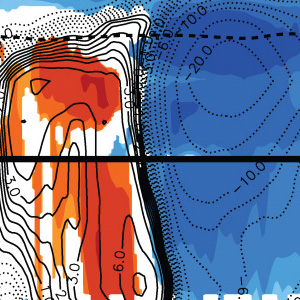
The response of tropospheric to lower stratospheric ozone to El Niño Southern Oscillation (ENSO) is derived using measurements from the Microwave Limb Sounder (MLS) and Tropospheric Emission Spectrometer (TES).
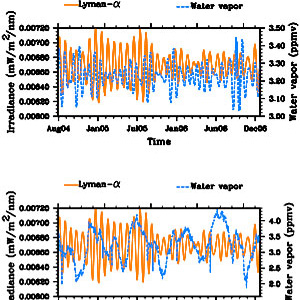
The AURA Microwave Limb Sounder (MLS) data reveal a strong OH and H2O response to the 27-day solar irradiance variability.
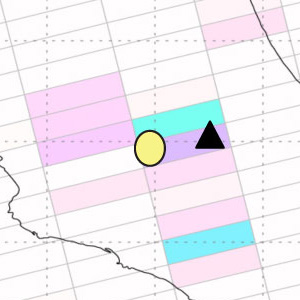
Aura/OMI data is used in conjunction with data from a dual ozone sonde payload to observe sulfer dioxide.

Quantifying Peroxy Acetyl Nitrate (PAN) concentrations in pollution plumes is important for understanding the potential impact of the long-range transport of air pollution.
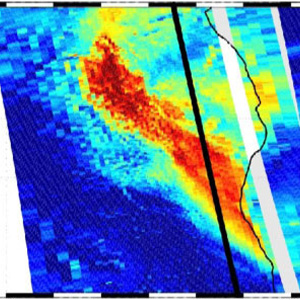
The Aura project has developed a method to measure the optical depth of absorbing smoke and dust aerosols located above clouds using satellite observations.
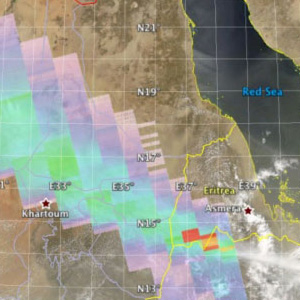
SO2 retrievals on the Nabro's volcanic plume using hyperspectral UV measurements made by Ozone Monitoring Instrument (OMI) on June 13
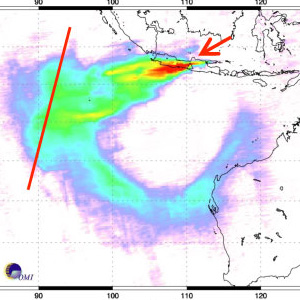
Gaseous and aerosol clouds from major explosive eruption of Indonesia's Merapi volcano were measured by multiple A-train sensors
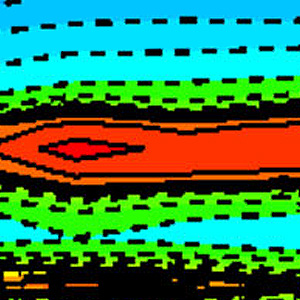
Microwave Limb Sounder (MLS) observations quantify the changes in the hydroxyl radical (OH), hydrogen dioxide (HO2), and ozone due to Solar Proton Events (SPE)
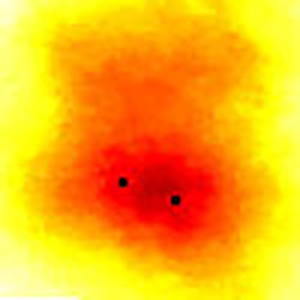
Data from the Ozone Monitoring Instrument (OMI) show distinct enhancements in nitrogen dioxide (NO2) and sulfur dioxide (SO2 ) over a region of surface mining in the Canadian oil sands.
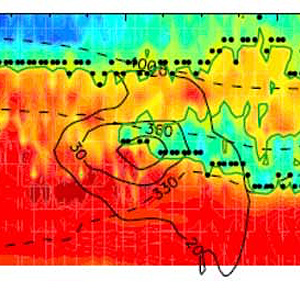
The global pattern of the double tropopause is revealed using the HIRDLS high vertical resolution profiles. Composition and structure near the tropopause are important for the Earth radiative balance and quantifying transport of ozone and other stratospheric species into the troposphere.
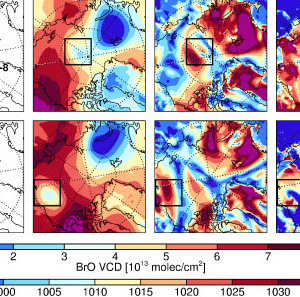
OMI, with its wide swath, is the only instrument that can detect Bromine Monoxide (BrO) at the pole on every orbit. Here, stratospheric BrO has been carefully separated from the total column to produce estimates of the tropospheric BrO column.